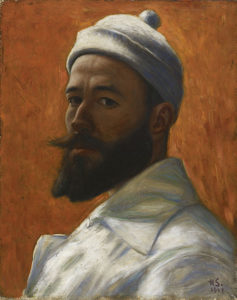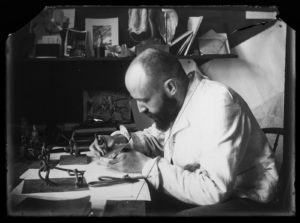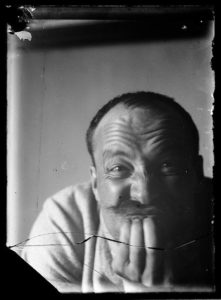
1873 - 1917
Hugo Simberg
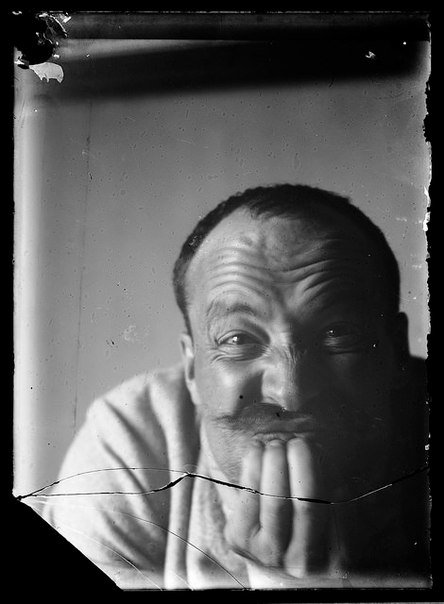
description
A Finnish artist, graphic artist and photographer, a master of monumental painting, the most famous representative of Finnish Symbolism. The artist’s work is famous for its deep images – the oppositions of life and death, dark and light, angels and demons. Hugo Simberg is one of the authors of monumental murals and stained glass windows of the Cathedral of St. John the Theologian in Tampere. His painting “The Wounded Angel” became an icon of symbolism, reflecting the essence of this art movement in Scandinavian countries.
Key ideas:
– The painting of Hugo Simberg has bright characteristics, due to which it is difficult to confuse his paintings with works of any other authors. The main theme of the painter’s art is the eternal struggle between good and evil and the importance of the choice that each person makes. The canvases are filled with fantastic images and symbolic figures that everyone has known since childhood. Slightly eerie plots, the image of death in a black robe constantly appearing in canvases, devils with tails and skeletons evoke mixed feelings, rooted in the subconscious and childish fears.
– The artist’s drawing is almost schematic; his aerial perspective is conditional, and the colors are rather restrained. The author seems to be trying to draw the viewer’s attention not to the external forms, but to the deep philosophical meaning of the works.
– In the painting of Simberg, traces of ancient Scandinavian culture and folklore are noticeable. Many of his paintings are similar to illustrations for fairy tales; they seem to be incomprehensible, mysterious, frightening and at the same time a bit ridiculous, since they convey the author’s peculiar humor.
– Death, which is the central figure of most of the artist’s works, does not cause horror. It is depicted calm and patient, like a man who just does his job. So, in one of the paintings, death waits for the boy to play the violin to an elderly dying woman; in another one, it dances with the girls on the quay before taking them forever. These plots are more than unusual and make you rethink your attitude towards the finale of human life.
– The most famous is the painting “The Wounded Angel”, in which two boys, dressed in black, carry a blindfolded angel on a stretcher. The plot of this work is interpreted ambiguously, since the author himself did not want to explain its meaning. The picture has a deep subtext and causes a bright emotional response from the viewer. “Wounded Angel” is the hallmark of Finnish Symbolism.
1873
1891
1895
1896
1898
1899
1900
1902
1903 - 1904
1904
1907
1917
The birth of the artist
Entered the Vyborg Art School
Entered the Vyborg Art School. Later he studied at the Art School of the Finnish Art Society in Helsinki. However, he had not finished it.
He began to take private lessons from Akseli Gallen-Kallela
He began to take private lessons from Akseli Gallen-Kallela, a famous Finnish symbolist who taught the artist not only painting, but also the tempera technique.
On the advice of his teacher, he went to London
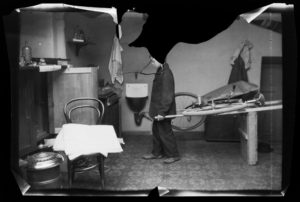
“Autumn, Frost”, “Devilish Music”, “Aunt Alexandra”
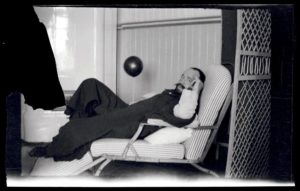
Made a trip to the Caucasus

“Autumn”
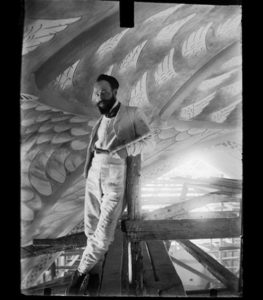
Received a scholarship, which he used to travel around Europe
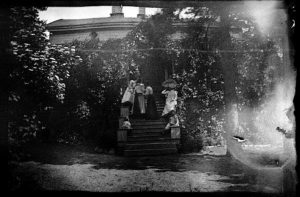
The artist visited Italy, Spain and North Africa
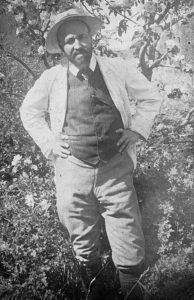
Simberg received an order to decorate the interior of the Church of St. John in Tampere
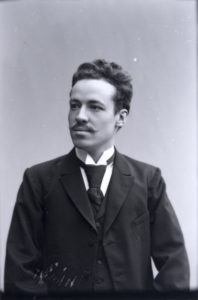
Began a teaching career at the School of Drawing of the Finnish Art Association
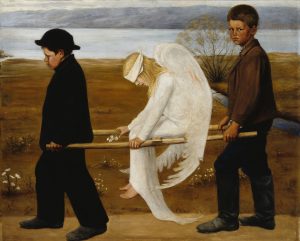
The death

Hugo Simberg
On Artist
flow
Symbolism
Primitivism
friends
Wayne Alfred Blomstedt
artists
Axels Gallen-Callella
Arnold Bocklin
Helena Sherfbek
Edward Coley Burne-Jones
Magnus Enkel
William Blake
Albert Albertovich Edelfelt
By Artist
flow
Symbolism
friends
Wayne Alfred Blomstedt
artists
Sigrid Schauman
Ragnar Eklund
Sam Vanni

